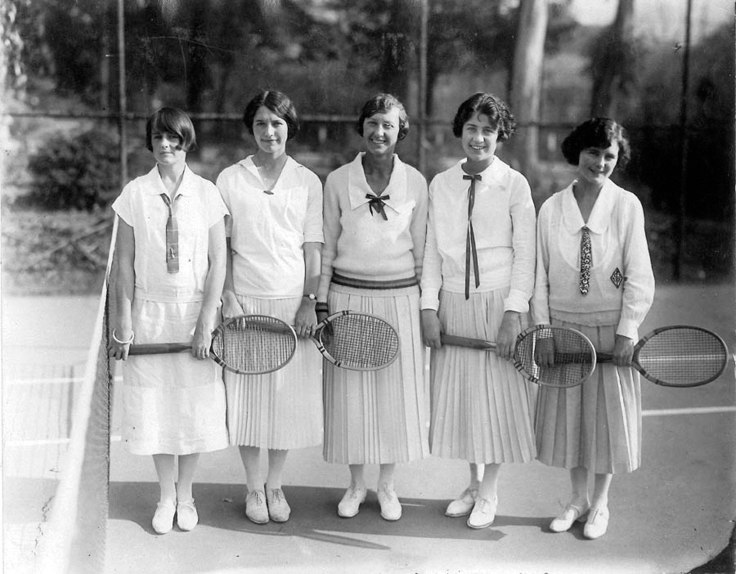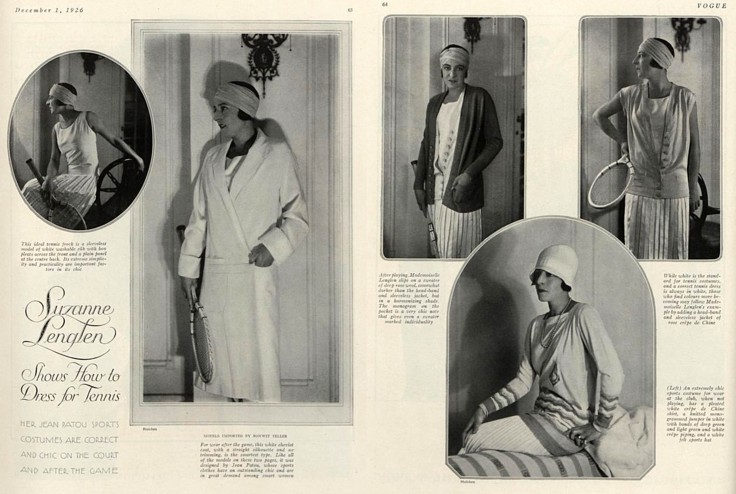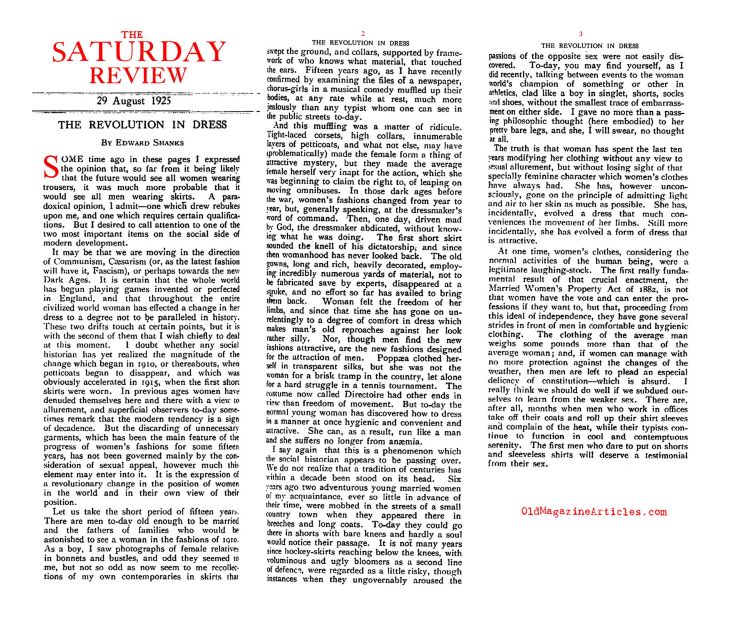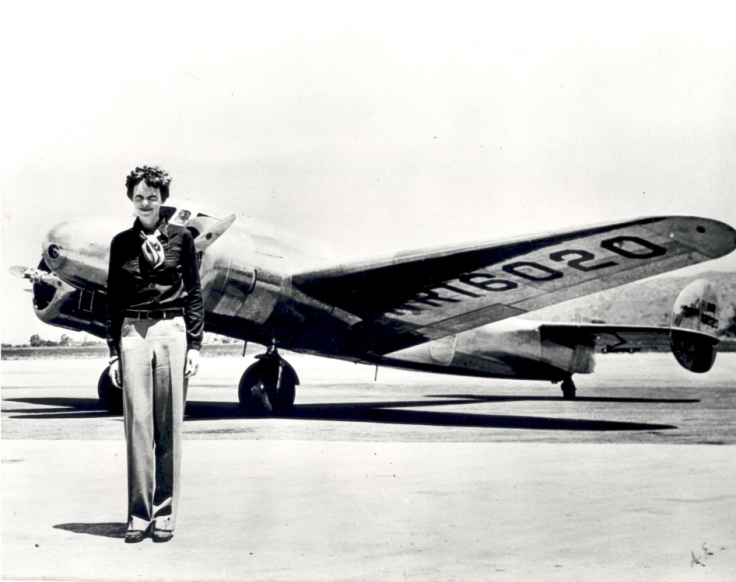One reason for changing attitudes towards women’s sports was the popularity of certain sports. As early as 1921, Alice de Linière informed readers about the multiplication of women’s tennis, golf, grass hockey, and soccer clubs. Her attitude towards these sports wavered between the old anxiety about the deleterious effect of exercise exertion on women’s reproductive organs and the new ideal of a flexible, youthful body. She resolved the conflict be concluding that “only rationally practised sports can develop and maintain the suppleness and elegance of the figure and the youth of the body”.(1)

Additionally, sports have their fashions, their specialized, slightly boyish fashion. The addendum identifies the main reason for fashion magazines’ interest in women’s sports: Haute Couture and confection were promoting a whole new line of women’s clothing called sports clothes.(1)
Designers largely appropriated men’s fashions to create women’s outdoor clothing, including serge or tweed knickers to wear while hiking and flared jodhpurs to wear while horseback riding. Women golfers wore pleated, knee-length skirts topped with patterned sweaters and flat, oxford-style, rubber-sole shoes. (2)

Culottes, with pleated legs that hung together to look like skirts, made skiing possible for respectable women in the 1920’s. Although pleats obscured separated legs, a few fashion reporters called them “semi-masculine”, and Ramon Fernandez called them a “symbol of feminism”. By 1928, ever major couture house showed sports culottes. In a short-lived journal called ‘La Femme, le Sport, la Mode’, Jane Saint – Roman proclaimed “this rather masculine outfit no longer frightens anyone”. Although wearing “culotte skirts” to bicycle in the city was still associated with modern women, now women on bicycles were “an everyday feature of our life”. (1)

Tennis players sported flat, rubber-soled shoes, white hose, and short, slim dresses made of white rayon, cotton, or silk. (2)

Professional tennis player Suzanne Lenglen (1899-1938) affected clothing styles. Lenglen is widely recognised as “the best woman tennis player ever”. Yet all reporters paid as much attention to her chic as to her techniques. Women’s magazines in particular commented upon her mid-calf and short-sleeved outfits and her collaboration with the couturier Jean Patou. Until Suzanne Lenglen arrived at Wimbledon after the Great War, the major innovations in ladies tennis wear had been the elimination of bustles and hats. Lenglen’s appearance at Wimbledon in a Patou chemise dress, without a corset or petticoat, “influenced all future tennis fashion”. As director of the sports department at Patou’s house, Lenglen proposed a knee-length, pleated tennis skirt, which became the prototype for sports skirts. (1)

By 1925, Patou, Premet, Lucien Lelong, and two other couture houses had developed special sports lines. Although Patou was subsequently associated with dresses with natural waistlines, fuller skirts, and longer hemlines, he opened the first sports boutique. Similarly, Lanvin, Vionnet, and Shciaparelli, remembered today for other kinds of clothing, showed many sports outfits in the late 1920’s and early 1930’s.(1)

For ordinary casual wear, women wore long soft blouses that were often banded or belted at the natural waist. Women also adopted the middy blouse, which resembled the tip half of a sailor’s uniform and was a traditional style for children’s clothing. (2) Learn more about the middy top here.

The vest-style blouse, patterned after a man’s vest, had long or short sleeves and a notched collar. These blouses could be worn either outside or tucked into the waistband of a skirt or knickers. Another man’s style, the lumberjack shirt, made of wool plaid and typically worn with knickers, also found its way into women’s casual wardrobes. In cool weather, women (like men) donned colourful Fair Isle sweaters, popularized in 1922 by Edward, Prince of Wales, or coat sweaters, introduced by Coco Chanel, which are cardigan-style sweaters with a high shawl collar, pockets, and sometimes a belt. (2)

Sources:
(1) Dressing Modern Frenchwomen: Marketing Haute Couture, 1919-1939 by Mary Lynn Stewart, 2008
(2) The 1920s (American Popular Culture Through History) by Kathleen Drowne and Patrick Huber, 2004

















Recent Comments